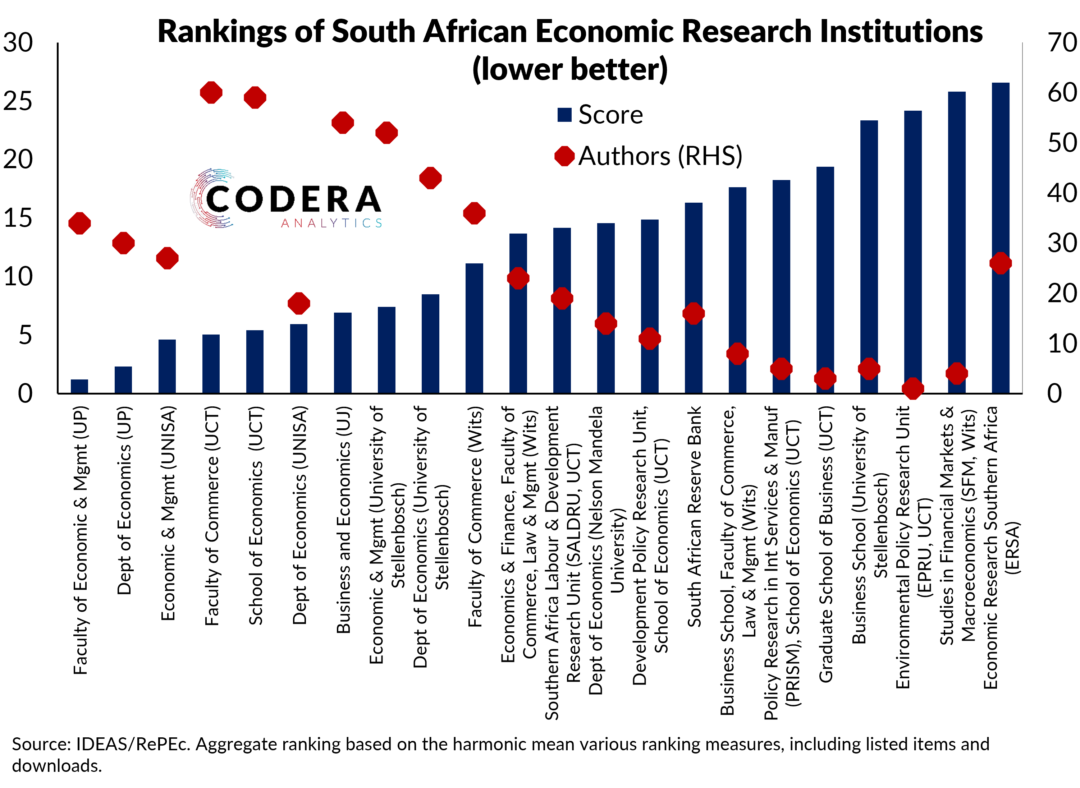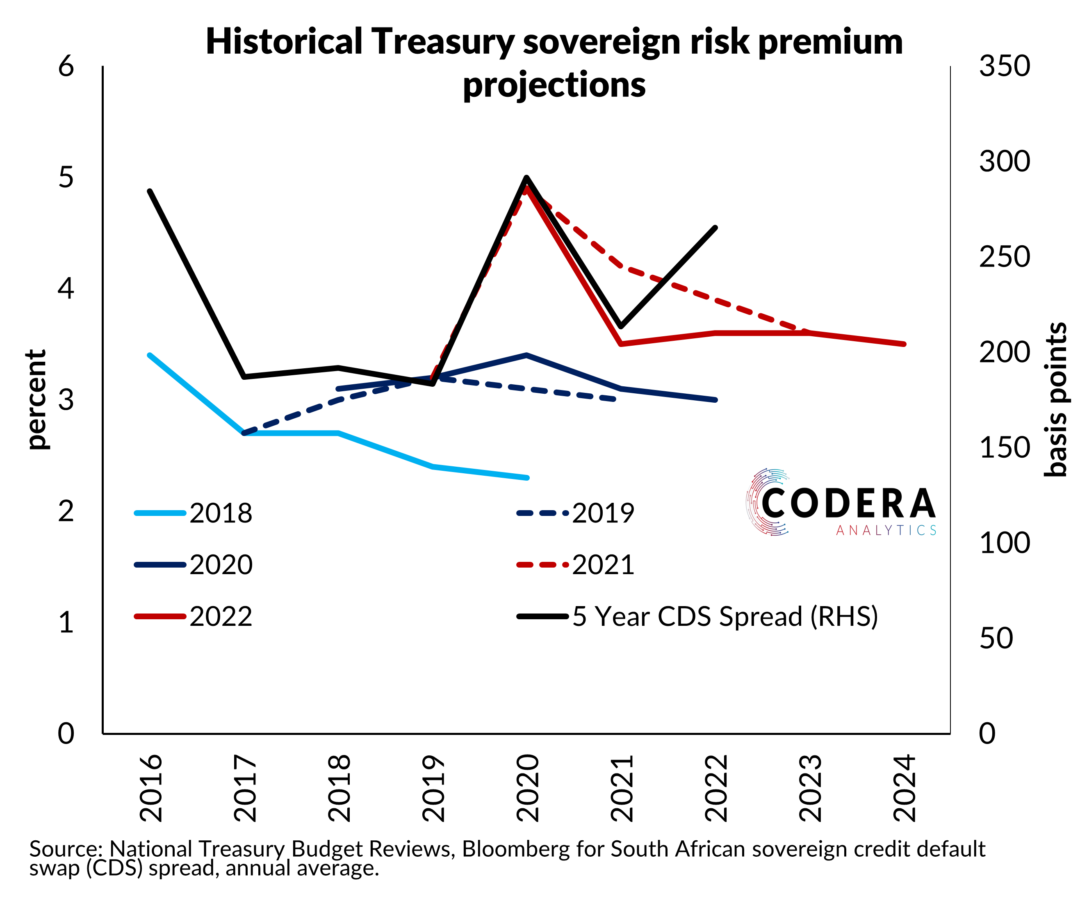Below is the article published today in the Business Day:
Excessive public sector wage growth is the problem
After more than a decade of government budget deficits, and attempts at belt tightening, the South African government has failed to consolidate its financial position. There have been spending cuts in many areas of government, but spending on wages, grants and debt have increased and the economy has been much weaker than expected. Research by the Wits Public Economy Project (PEP) shows that that the National Treasury has been overly optimistic in its assessment of the outlook for the economy and fiscus, and that spending cuts have seen a reduction in the quality and quantity of government services. Past attempts at consolidation have been painful, and PEP say we should expect that more pain is to come if government is to return the country to a semblance of fiscal stability.
PEP forecast that public debt will rise towards 80% by 2025. This is consistent with the International Monetary Fund’s (IMF) view. The IMF projects continuing budget deficits out to 2025/6 and do not project that our debt will stabilise.

This means that further fiscal consolidation is needed, implying larger spending cuts and/or higher taxes. This will weigh on our already low economic growth and further weaken service delivery.
What is government to do to balance the books and get debt under control, while still trying to stay sensitive to economic growth and the importance of supporting the poor and improving service delivery? The authors do not take a position on which expenditure categories government should focus its consolidation efforts on. Instead, they point out that there is a ‘very wide gap between government’s fiscal programme and its policy agenda needs’, stressing the importance of protecting frontline services from reforming spending programmes to make them more coherent, impactful, and affordable.
What are government’s options to stabilise the fiscal situation? Government spends the largest share of expenditure on wages, followed by debt-service costs. Social grants have risen strongly over recent years and now take up over 10% of expenditure, a similar proportion to total healthcare expenditure. Higher grant expenditure has helped to provide enhanced social protection and reduce inequality, but the weak economy has made it harder to maintain real per capita spending levels.
The government wage bill has grown strongly since the global financial crisis, leading to questions about whether public sector government should focus consolidation on cuts to headcount or wages. South Africa does not really stand out among middle- and high-income countries for the share of public sector employment in total, but we stand out in terms of how much we spend on the salaries of public sector workers. South Africa’s public sector wage bill was around 12% to GDP in 2017, compared to around 8% for all countries for which data are available. Wages represent about 35% of total expenditure in the public sector in South Africa, compared to a sample median of 25%. The public sector is slightly larger than in the countries in the sample, representing around 18% of total employment compared with a sample median of 15.5% across countries. This suggests that the problem has been excessive wage growth and deteriorating state capability.
The authors rightly point to the importance of tying public sector wage increases to productivity to keep the wage bill sustainable. This is something that has been lacking in wage settlement decisions over recent decades. Average public sector wages grew at almost 2 percentage points faster per year than consumer prices between 2010 and 2021. Productivity in the public sector was weak over this period, with average labour productivity growth of less than 0.4% per year according to estimates from Productivity South Africa. As a result, workers in the public sector earn a substantial wage premium over private sector employees. The IMF estimate this premium is over 50% if one controls for education, age, gender, and the province of employees.
The paper draws attention to the under-funding of the Covid-19 Social Relief of Distress (SRD) grant, although it does not assess the affordability of this pandemic intervention should government seek to continue the programme over the longer term. Recent IMF estimates demonstrate the large scale of adjustment required to make the SRD grant permanent. They estimate it would require either:
- A 6% improvement public sector productivity (requiring real wages to fall to match government labour productivity) and improved financial management of state-owned enterprises
- A VAT increase of 4.5 percentage points
- A 2 percentage points increase in the company tax rate
- A 2.6 percentage point increase in marginal personal income tax rates for each income bracket.
The IMF’s assessment gives one a sense of just how large the funding gap would be should government want to make new expenditure items such as the SRD grant permanent without a restructuring of other expenditures. Our modelling suggests that making the SRD permanent would raise the consumption of the poor but create job losses because of lower investment and growth from higher debt and higher taxes.
To help balance the books, the authors suggest that tax hikes will be necessary. They point to the possibility of removing tax incentives for medical aid contributions and pension saving (which they estimate would produce revenues of about 1.5% of GDP), the possibility of increasing VAT, or adding user-fees on government services for non-poor users. They also draw attention to the issue of non-payment for local government services and the need to reform municipal fiscal management.
South Africa has less than 5 million non-government taxpayers to support a population of over 60 million. We also already have relatively high tax rates compared with most emerging market and upper middle-income economies. Together with the potential growth-lowering impact of higher taxes, these features of our system implies that the potential to raise additional revenue from further tax increases is relatively limited. Taxpayers are not under-taxed when one considers how poor government service provision is, with many taxpayers paying for their own security, medical services, and children’s education.
Lastly, the authors point to the importance of promoting faster growth through policies that address load-shedding, improve our public infrastructure, and create jobs.
This is a point that deserves greater emphasis in the debate about public finances. For South Africa to be able to afford enhanced social transfers, we need to grow our tax base. Achieving this, alongside stabilising public debt, demands reforms that boost economic growth and job creation and eliminate corruption and government incompetence. Yet there is little consensus in government on how to achieve this.
Dr Daan Steenkamp, CEO at Codera Analytics and Research Associate with the Economics Department at Stellenbosch University

